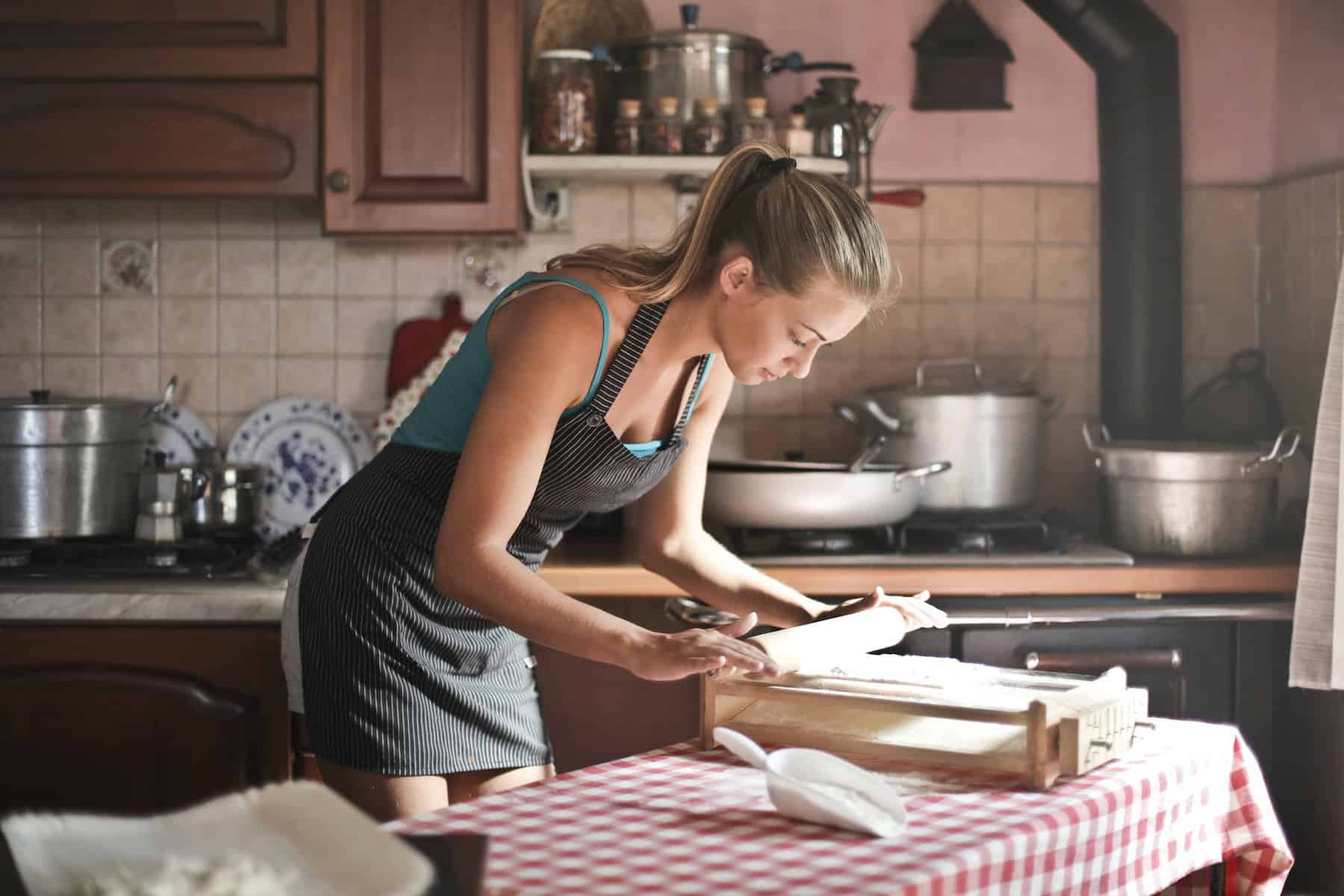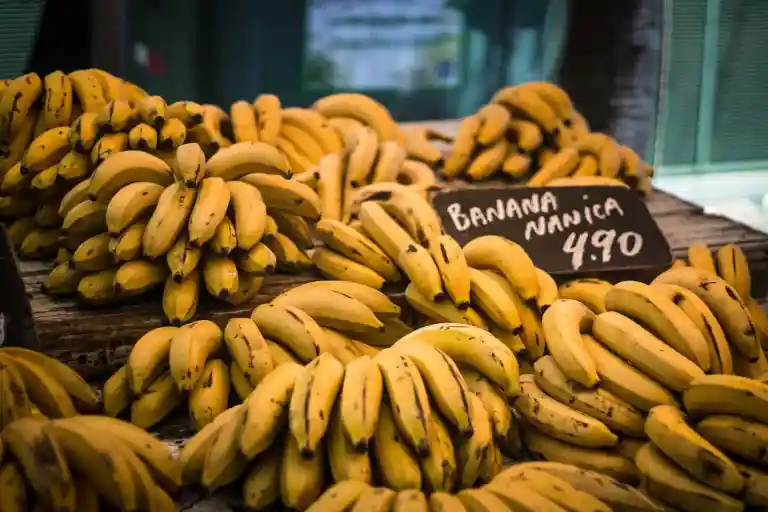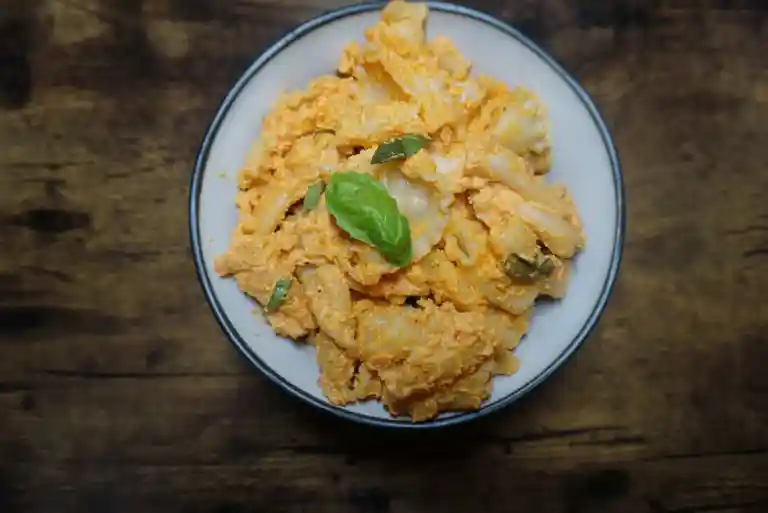Sustainable Cooking: How to Reduce Waste and Make Great Food
Let’s face it: we all want to do the right thing – especially when it comes to making choices for the environment. But something as simple as sustainable cooking is often overlooked as a first step. The fight for climate change can start on your plate. Take a look at these tips to see how.
As a food scientist and lifelong advocate, I want to share a few tips on how you can make delicious food that’s made to sustain you and the planet. Friends and family always ask me, how do I start cooking more sustainably and still make it healthy?
The truth is, when you start incorporating sustainable cooking practices, you’ll realize that this culinary philosophy not only addresses the ever-mounting issue of food waste but also saves you money and can be healthier for you. Another benefit of sustainable cooking is that it directly contributes to minimizing our carbon footprint. Today, we embark on a journey through the various facets of sustainable cooking, exploring its principles and practices that pave the way for a greener culinary lifestyle.
What is Sustainable Cooking?
Sustainable cooking goes beyond a trend; it’s a conscious choice rooted in environmental responsibility. It is defined by its commitment to reducing greenhouse gas emissions, supporting local farmers, and opting for responsibly sourced ingredients.
Eco-friendly cooking also means using food scraps, smart food preparation, and reducing or eliminating meat consumption. By understanding its principles, we unlock the potential to make impactful changes both for our health and the planet in simple ways.
Mindful Meal Planning
A cornerstone of sustainable cooking is meticulous meal planning. When you go grocery shopping, it’s critical to have a plan for perishable items like fresh produce or baked goods. Having plans for each item you purchase can help you reduce your food waste.
This forward-thinking approach can make grocery shopping a creative challenge that can streamline grocery shopping. It also curtails the environmental impact of last-minute purchases or spoiled foods.
Crafting a weekly meal plan introduces a rhythm to our culinary endeavors, encouraging the incorporation of seasonal and locally sourced ingredients. If you need ideas for sustainable meal plans, check out our Meal Plans tab.
Smart Shopping Habits
The grocery store is a starting point for making sustainable choices. Shopping for sustainable products starts with opting for sustainable and eco-friendly packaging, responsible and sustainably sourced ingredients, and supporting small sustainable brands. You can learn more about discovering sustainable brands here.
Local farmers’ markets are great places to get local and seasonal ingredients. These support our local food system and economies. You can also embrace the bulk store experience or refill store to reduce plastic and packaging. Wherever you shop, don’t forget your reusable bags!

The Art of Batch Cooking
There’s definitely an art that comes with batch cooking or cooking a large amount of food at once. You can batch cook for a few days, a week, or some even prepare for weeks at a time. While this trick isn’t for everyone, it can save you time and money. Batch cooking requires a lot of time, space, and meal preparation containers.
If done correctly, batch cooking can save you time and energy while preparing food for the week. I like to batch cook a portion of our food for the week as part of meal preparation. This saves me time from preparing staple ingredients throughout the week and helps us prolong the life of our perishable ingredients.
Freezing and reheating meals are just two elements of sustainable cooking that can save us time and money while reducing food waste. It helps me avoid wanting to order takeout, knowing I have something quick and tasty to eat in the freezer. Be sure to make sure your containers are eco-friendly!

Efficient Food Storage
Proper storage techniques are the unsung heroes of sustainable cooking. They prolong freshness, minimize food waste, and drastically reduce the need for single-use plastics. Choosing reusable containers made from eco-friendly ingredients is key to the shelf stability of the food. Be sure that whichever container you choose, your prepared food is stored in airtight to prevent spoiling.
Understanding food expiration dates becomes paramount in this endeavor, as it empowers us to use ingredients at their prime and contribute to the fight against premature deaths of consumables. Use this guide to help you understand the differences between the claims.
Creative Ways to Use Leftovers
Leftovers cease to be mundane when viewed through a creative lens. Reinventing yesterday’s meal into new, innovative dishes, we reduce food waste and elevate the overall dining experience. It’s a great way to practice sustainable cooking while constructing something delicious. There are a lot of creators including this blog, that use vegetable trimmings and food scraps to make full meals. Be sure to use them for inspiration.
This creative approach ensures we get the most out of every ingredient, transforming even the humblest carrot tops or leftover takeout into culinary delights. For some quick recipe inspiration on reviving your leftovers, take a look at this post here!

The Importance of Local and Sustainable Ingredients
Supporting local farmers and businesses is not just a choice; it’s a commitment to sustainable living. While it might not always be the cheaper option, it’s important to note the benefits of supporting local farmers.
Learning to identify and choose sustainable food options amplifies our positive impact on the environment and our communities. Be sure to choose environmentally responsible farms that use organic, regenerative, or sustainable farming techniques.
Energy-Efficient Sustainable Cooking Methods
The choice of kitchen appliances significantly affects our overall energy consumption. While it’s not possible for everyone, opting for energy-efficient appliances is a sustainable decision that reduces our carbon footprint while maintaining the efficiency of food preparation. It can often lead to government incentives or tax rebates if you do so!
Energy efficiency in cooking extends beyond the appliance itself. By adopting mindful cooking practices and utilizing energy-efficient cooking methods, we can savor delicious meals while contributing to a greener environment. For example, using a boil-and-wait method with pasta or choosing to dehydrate produce using an air fryer vs an oven is a simple step to start sustainable cooking. From pressure cookers to slow cookers, exploring alternative methods saves energy and introduces new techniques to our culinary preparation methods.

Composting for Sustainability
The journey towards sustainability takes root at home with a compost bin. Even if you live in an apartment building, we have some tips on how you can start composting in a small space. Our favorite machine is the Vitamix food cycler, which can be used in apartments or homes!
Setting up a composting system and adhering to composting dos and don’ts becomes an easy habit and routine to get into. Beyond waste management, the resulting compost enriches the soil for our kitchen gardens, establishing a self-sustaining loop.
DIY Cleaning Products for a Greener Kitchen
Extend sustainability beyond the stove by creating environmentally friendly cleaning solutions. One of the staples that we use in our kitchen is the TikTok Orange Peel cleaner.
While you can definitely DIY your own kitchen cleaners, many great new products exist that focus on reducing plastic waste for cleaning products or even ship you refillable products. I highly recommend these for a simple sustainable swap.
Minimizing Single-Use Plastics in the Kitchen
Identifying common kitchen items with plastic alternatives marks a significant stride towards sustainability. Embracing reusable alternatives for food storage and preparation, coupled with practical tips for gradually reducing reliance on single-use plastics, transforms our kitchens into bastions of eco-friendliness.
If you don’t have any sustainable products in your home, it’s okay to use what you have. But when you’re ready to make a replacement, check out our posts on sustainable kitchen gadgets when you get the chance. When you shop, avoid using plastic bags and bring your own!

Navigating Food Labels and Certifications
Empowerment in sustainable cooking comes from understanding eco-labels and certifications. Making informed choices based on labels becomes second nature, as we navigate through the often complex landscape of the food industry, identifying and eschewing misleading marketing. We have a few posts coming out on ecolabels soon, so be sure to check back on this.
Sustainable Gathering & Get Togethers
The kitchen transforms into a hub of social responsibility. Engaging friends and family in sustainable cooking practices, hosting sustainable dinner parties, and fostering a ripple effect in the community showcase the communal nature of sustainable living. Be sure to follow along on the blog to learn more about ways to do this!
Reducing Carbon Footprint
It’s quite difficult for food companies, let alone everyday people, to quantify the carbon footprint of our meals. But by choosing ingredients that are made independent of ruminant animals and dairy products, we pose a serious reduction in carbon footprint.
Production of meat and dairy ingredients have been associated with environmental degradation and a significant impact on climate emissions. Reducing or eliminating the use of these ingredients is one simple step towards food sustainability.

Growing Your Own Food
Nothing quite gives you an appreciation for our farmers like starting to grow your own food. Cultivate sustainability at home by starting a small kitchen garden. Growing herbs, vegetables, and fruits sustainably, coupled with tips for maintaining a thriving kitchen garden, establishes a direct link between our plates and the earth. Read more about this in our post here!
Overcoming Common Challenges in Sustainable Cooking
Addressing challenges head-on is integral to the journey of sustainable cooking. From dealing with time constraints and budget limitations to finding sustainable alternatives in regions with limited resources, these hurdles become stepping stones towards a more sustainable lifestyle. That’s why you can rely on Made to Sustain to help support you on your journey to climate-friendly recipes and sustainable cooking.
A Recap on Sustainable Cooking
As we recap the key sustainable cooking practices, it’s evident that every ingredient choice in the kitchen holds weight. Encouraging a collective effort towards a greener culinary lifestyle isn’t just about good food; it’s about doing what’s right for the planet. Let’s embark on this journey with the knowledge that each sustainable choice we make has a ripple effect, creating positive changes in the culinary landscape and beyond.
Be sure to follow along the blog for more recipe inspiration and low-impact living tips. If you found this post useful, share it with a friend or family member as our collective efforts make a bigger impact. Comment below your favorite tip, it helps keep the blog going!

Discover more from made to sustain
Subscribe to get the latest posts to your email.








One Comment